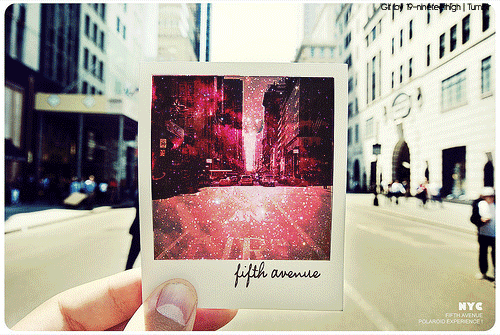13 Dec 2016
Carole Cadwalladr has written an excellent set of articles for the Observer on how Google ‘frames, shapes and distorts how we see the world’. Her main argument is that because Google representations of the world shape it, we need to hold the company responsible for the information that it mediates. It cannot simply hide behind the argument that an innocent algorithm determined what information is made visible or invisible.
This is an argument Matt Zook and I have been making since the mid-2000s when we wrote a series of pieces showing how early versions of Google Maps not just represent places, but actively shape how people interact with places. As such, we need to treat Google’s spatial representations as core/intimate parts of the places that they represent: a digital layer of increasingly hybrid digital/material places. It follows that if Google nowowns, controls, and shapes core parts of our cities and our everyday lives, then we need to be asking critical questions about what we should do about that.
Joe Shaw and I will have an article on that topic (drawing on Henri Lefebvre’s ‘right to the city’ concept) coming out within a few weeks. But in the meantime, you can see our earlier writing on the topic below:
Graham, M. 2015. Why Does Google Say Jerusalem is the Capital of Israel? Slate.com Nov 30, 2015
Graham, M., De Sabbata, S., Zook, M. 2015. Towards a study of information geographies:(im)mutable augmentations and a mapping of the geographies of information Geo: Geography and Environment.2(1) 88-105. doi:10.1002/geo2.8
Ford, H. and Graham, M. 2016. Provenance, Power, and Place: Linked Data and Opaque Digital geographies. Environment and Planning D: Society and Space. doi:10.1177/0263775816668857 (pre-publication version here).
Ford, H., and Graham, M. 2016. Semantic Cities: Coded Geopolitics and the Rise of the Semantic Web. In Code and the City. eds. Kitchin, R., and Perng, S-Y. London: Routledge. 200-214.
Graham, M. 2013. The Virtual Dimension. In Global City Challenges: debating a concept, improving the practice. eds. M. Acuto and W. Steele. London: Palgrave. 117-139.
Graham, M and M. Zook. 2013. Augmented Realities and Uneven Geographies: Exploring the Geo-linguistic Contours of the Web. Environment and Planning A 45(1) 77-99.
Graham, M., M. Zook., and A. Boulton. 2013. Augmented Reality in Urban Places: contested content and the duplicity of code. Transactions of the Institute of British Geographers. 38(3), 464-479. (pre-publication version here)
Zook, M. & M. Graham. 2007. The Creative Reconstruction of the Internet: Google and the Privatization of Cyberspace and DigiPlace. Geoforum, 38, 1322-1343.
Zook, M. & M. Graham. 2007. From Cyberspace to DigiPlace: Visibility in an Age of Information and Mobility. In Societies and Cities in the Age of Instant Access. Ed. H. J. Miller. Springer, 231-244.
Zook, M. & M. Graham. 2007. Mapping DigiPlace: Geocoded Internet Data and the Representation of Place. Environment and Planning B: Planning and Design. 34(3) 466 – 482.
